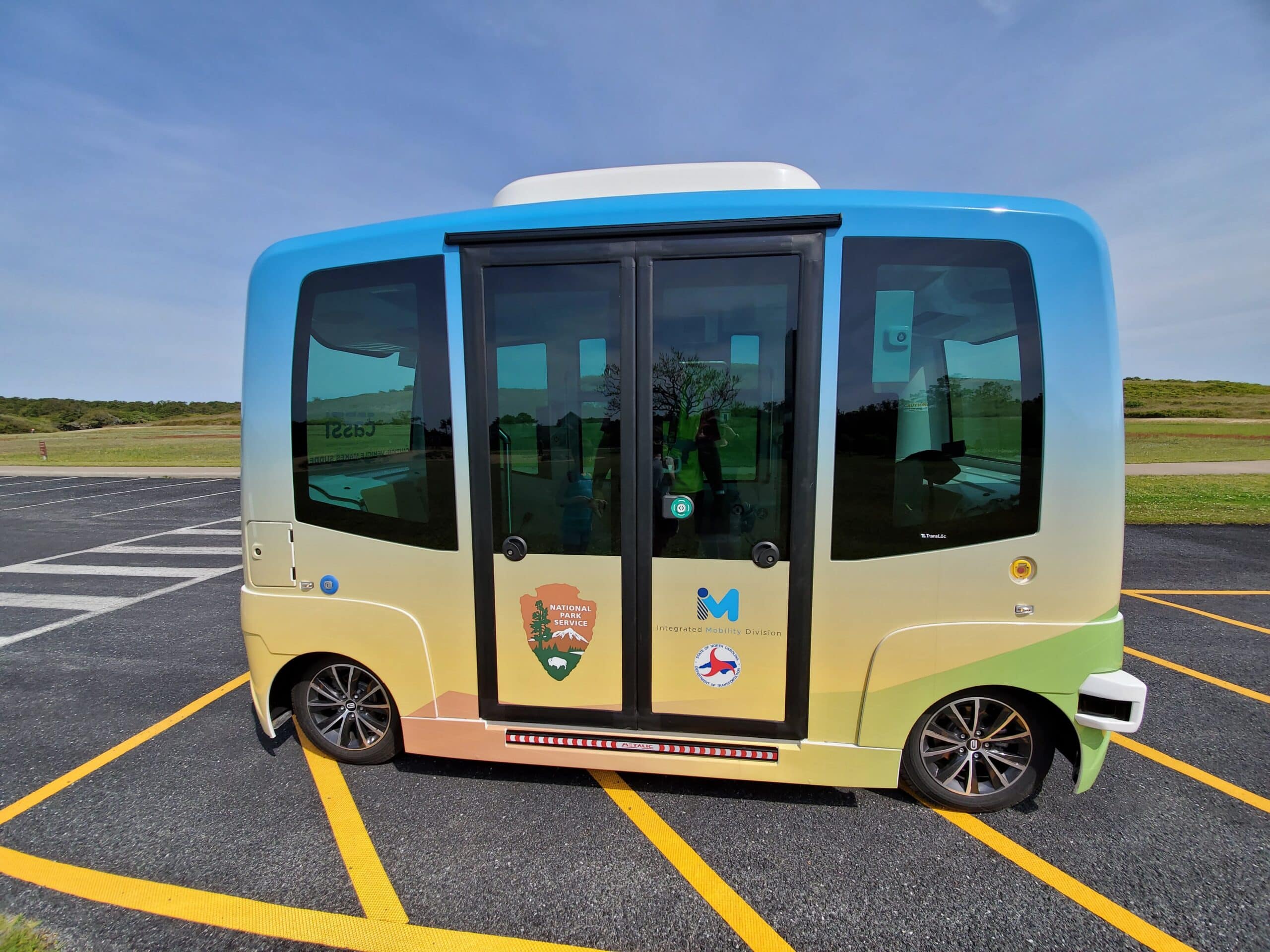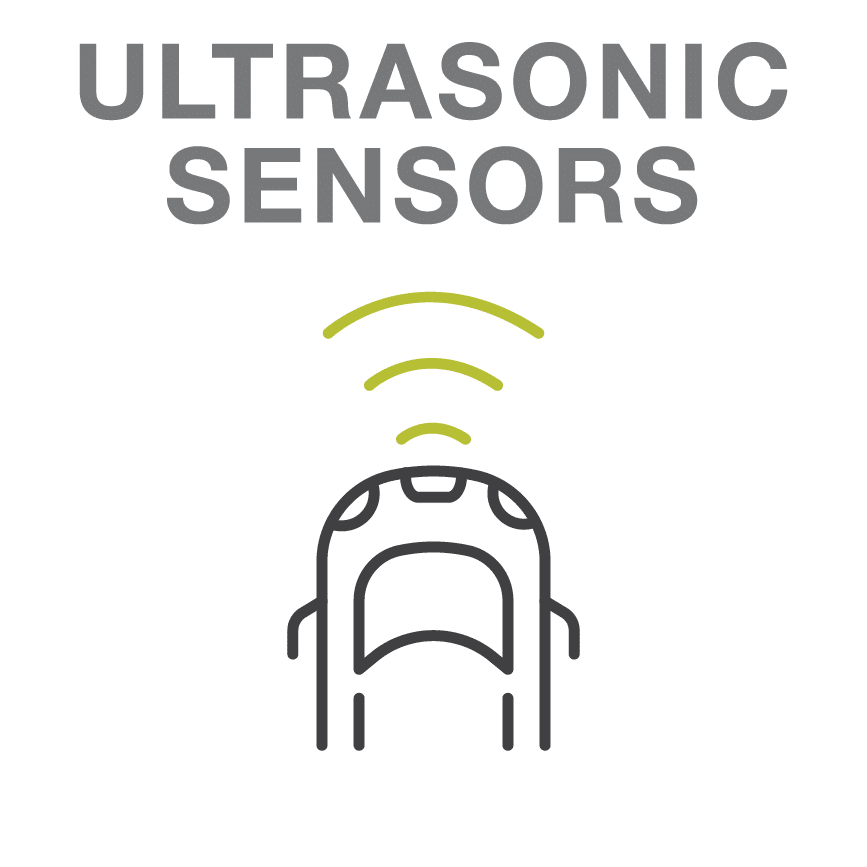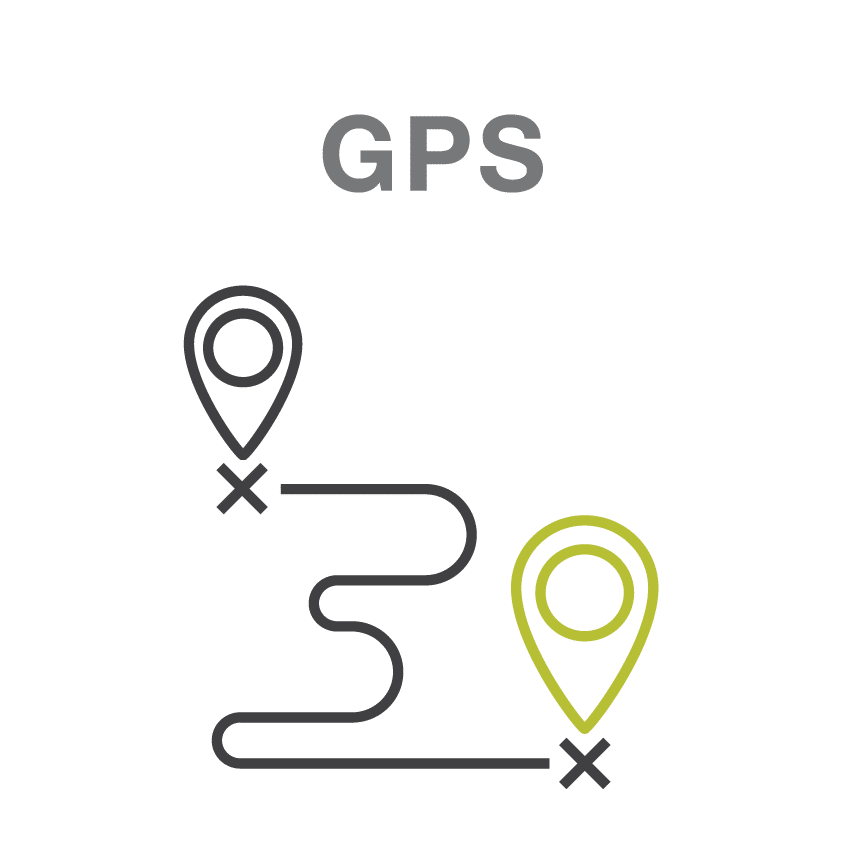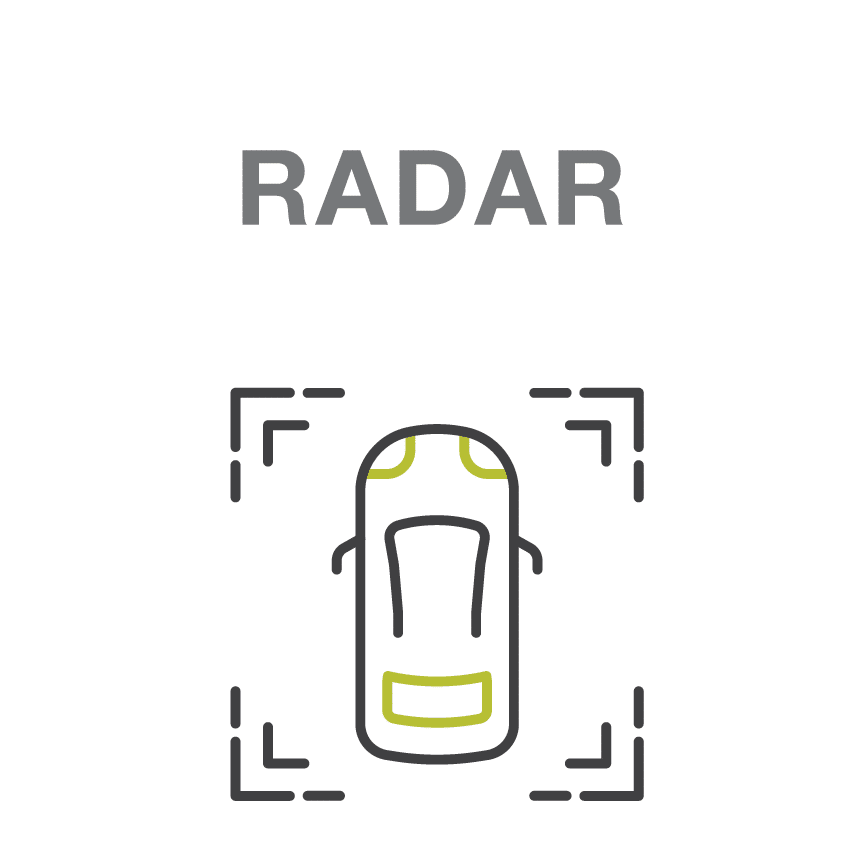- April 8, 2024
- Perspectives
What to Know Before Launching an Automated Vehicle Pilot


Amanda Good
Automated Vehicle Expert
We are living in a time of exponential technological advancements and smart devices, ranging from homes, phones, tablets, TVs, headphones, watches, and even cars. The automotive industry is taking this growth in stride, and from their innovations a significant player has emerged: autonomous vehicles (AV). AVs are generating significant interest among consumers and businesses, with the global AV market expected to reach $2.3 trillion by 2030.
This interest has led to multiple AV pilots being launched across the country at universities, medical campuses, and downtown areas. Each deployment provides real-world research on current AV capabilities, with the goal of progressing to full driving automation, which is when a human operator is no longer required. These pilot projects include a range of vehicle types, including passenger cars, shuttle buses, transit vehicles, and delivery drones. Additionally, some pilots include a fleet.
If your company is interested in launching an AV pilot, it’s important to have a full understanding of AV technology and the work that needs to be done before deployment. In this article, we’ll give you a rundown on the basics of vehicle automation, the value of deployments, considerations before deployment, and processes for capturing the outcomes.
Autonomous Vehicles 101
Before launching your AV pilot, consider the levels of automation, current driver assistance and automated driving system technologies, and the benefits of these technologies.
There are six levels of driving automation technology, defined by the Society of Automotive Engineers (SAE) in its standards document. Make sure to consistently check the SAE standards document for the most up-to-date definitions and advancements due to how rapidly the technology in the field changes.
Each level of automation aims to advance convenience, reliability, sustainability, and most importantly, safety. According to the National Highway Traffic Safety Administration (NHTSA), there were 42,939 fatalities in 2021 due to crashes—most of which were caused by human error. AVs have the potential to minimize some of this danger through automated features.
In fact, driver assistance technologies are already increasing roadway safety. Studies from the Highway Loss Data Institute and Insurance Institute for Highway Safety show that automated features like the ones below have significantly reduced crash rates:
- Blind spot detection
- Forward collision warning with auto brake
- Automatic emergency braking with pedestrian detection
- Lane departure warning
- Rear automatic braking
Studies conducted by NHTSA show that as driving automation evolves, so will the safety benefits for drivers.
Automated Driving System Technologies
So, how does a fully automated vehicle drive itself? There are automated driving system (ADS) technologies incorporated within or proximate to the vehicle that collectively perform the driving tasks that a human operator typically performs. Vehicles utilize the following ADS technologies to remain aware of their surroundings:






Designing Your Pilot Deployment
Before launching an AV pilot, you should identify its foundational pieces: the goal of the pilot, the location, partnerships, and funding. After verifying these, agencies will need to tackle other factors, such as considering the riders’ needs, the layout of the area, and how the space will influence the AV operations. These pieces and parts are not necessarily sequential and can be completed simultaneously.
Goals
Define clear and measurable goals that align with the pilot’s purpose and its importance to the community. AV pilot goals could align with priorities related to state/local transit, connectivity, and access to users
Location
Identify locations that would be flexible enough to provide services while testing the technology. The locations should accommodate accessibility for everyone, minimize potential impacts to vulnerable users, accommodate the vehicle size, and comply with NHTSA safeguards.
Partners
Identify other communities or agencies that could support the pilot, either through funding, operations, or infrastructure. Partners also include stakeholders who have a vested interest in the pilot, and these will vary based on the location. Ensure consistent and transparent communication between all parties.
Funding
Find a source or partnership to support the costs throughout the project. Grants (research or federal) are a great source for funding. Two examples include the Strengthening Mobility and Revolutionizing Transportation (SMART) grants program and the Advanced Transportation Technology and Innovation (ATTAIN) grants program.
Administrative
Confirm agreements between parties, including insurance and procurement agreements. This may include processes regarding vehicle registration and operational impacts.
Performance
Distinguish the different data that needs to be collected to measure goals. The data could be collected by the vehicle, external infrastructure, or other sources. Keep in mind that some vendors consider much of the data collected by the vehicle to be proprietary and therefore not available for you to use. Before collection, either identify an alternative data source or be willing to forgo that performance metric.
Operations
Establish the duration of the pilot, the length of the route, stop locations, number of autonomous vehicles you want to use in the pilot, days and hours of operations, potential seasonal and weather conditions, and impacts to existing transportation services.
Infrastructure
Determine signage and placement, secured storage locations, charging options (as applicable), additional technology to implement on the vehicle and along the route, and projected maintenance needs throughout the pilot.
Delivery
Confirm the delivery method, the person responsible for delivery, and the means of transporting the vehicle to applicable locations. Consider transportation to and from route locations, inspection stations (as applicable), and any potential special events.
Logistics
Verify the schedule for the pre-, during-, and after stages of the pilot. This includes the time for contract review/signage, NHTSA exemption process (as applicable), registration, route readiness, vendor preparations, engagements, and operations.
Engagements
Establish opportunities to invite different communities to experience the pilot, see the technology, and ask questions about future impacts. Educating the community about the benefits of advanced driver assistance systems and ADS is another way to raise awareness about the pilot and offer a better understanding of the opportunities this technology can provide.
Promotions
Create a social work plan that includes pre-launch and post-launch promotions, such as a website, pamphlets, social media content, and press releases. Define roles and responsibilities between all stakeholders.
Capturing the Outcomes
As the pilot is winding down or ending, the next question you’ll ask yourself is, “Now what?” The first step is to analyze the final pilot data and compare it against the goals set forth at the beginning. Consider the following questions:
- Did the pilot generate the expected data?
- Do I have data for all the identified goals?
- Did I meet all the goals?
Second, document everything you learned throughout the pilot. This includes decisions, challenges, processes, and outcomes along with meeting minutes. Then, reconvene with all parties, review the pilot, and document the information noted during this meeting.
Third, create a report for the current pilot and publish it for others to use. If there are additional pilots, develop a final report that summarizes all deployments. Include any challenges and lessons learned that could benefit future deployments.
Last, continue collaboration with your partners and stakeholders. Technology changes, and continuous learning about how the technology is evolving may reveal additional pilot opportunities. Your deployment and the data you collect will serve as an example for the future of AV launches, so make sure you are being thoughtful in your planning and preparation, anticipation of challenges, and stakeholder collaboration.
About the Author

Amanda Good, PMP
Amanda has more than 20 years of experience in the transportation industry. She focuses on state and regional ITS planning, ITS operations, TSMO plan development and its connection to the regional ITS architecture, and connected and automated vehicles (CAV). Her recent projects include evaluating how technology can support an agency’s overall safety and mobility vision and working through the project/planning process toward technology adoption. Amanda has worked across the US, including in Michigan, North Carolina, California, Arizona, and Florida.
